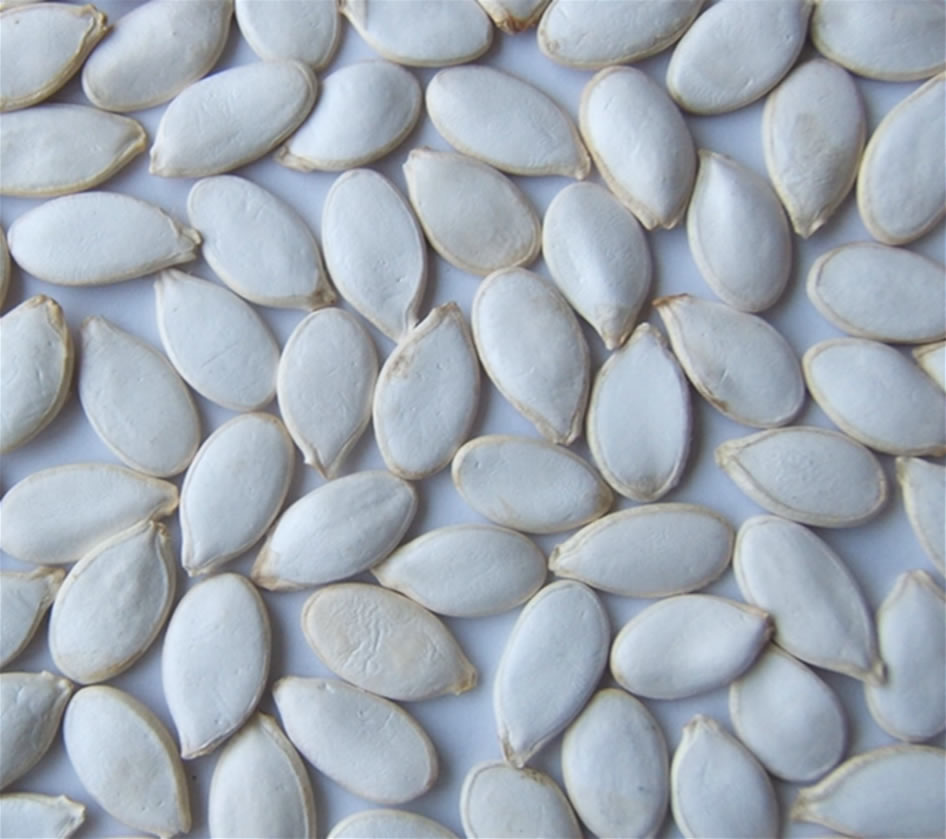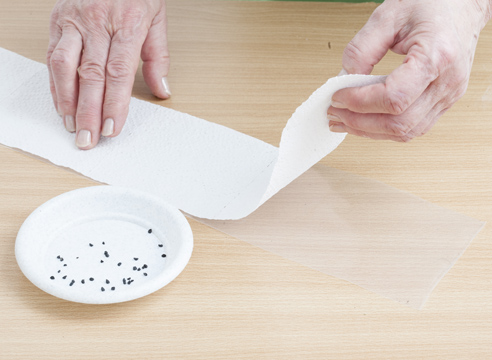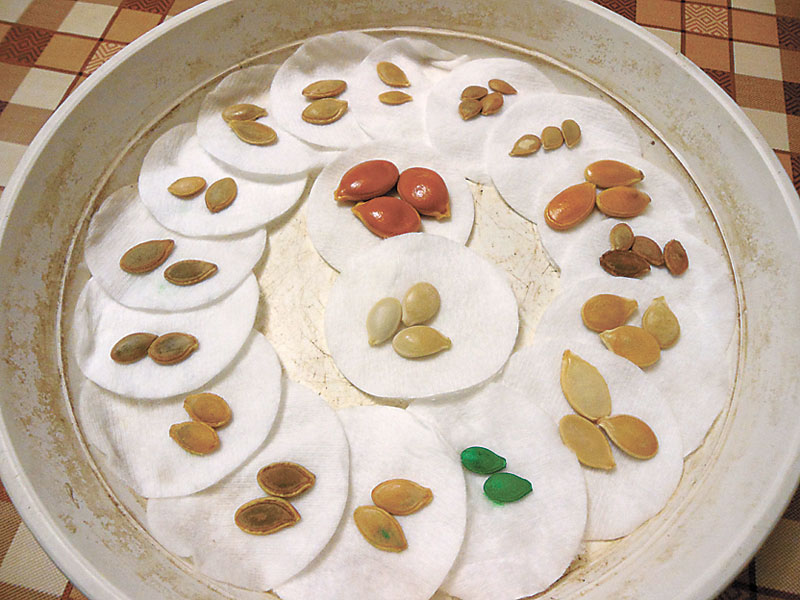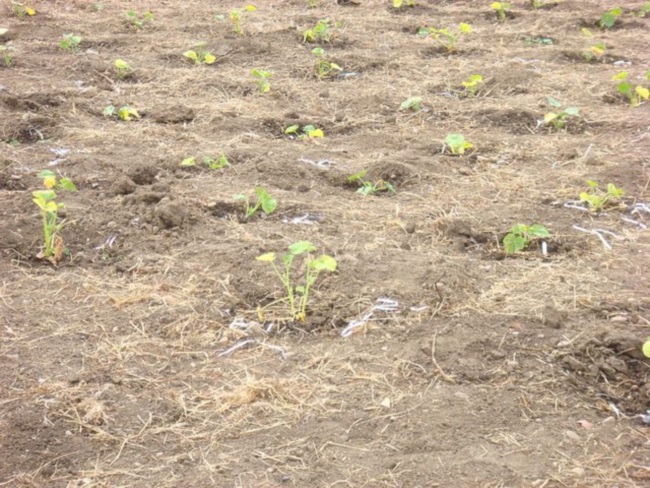Seed preparation and planting pumpkin seedlings
Content
Seed selection
The pumpkin loves warmth very much, and with proper care and selection of seedlings, it is ready to give a generous and bountiful harvest. As a rule, pumpkin seedlings are chosen for several indicators. These include external indicators and economic qualities that affect the growing process. When choosing a pumpkin variety, pay your attention to the type of cuttings, leaves and fruits, as well as to the structure of the bark and pulp of the fruits.
The economic qualities of pumpkin include its yield, early maturity, shelf life and resistance to adverse conditions. If you are guided by taste, then these include the consistency of the pulp, the size of the seed nest, the sweetness and the presence of the shell in the seeds.
For sowing and growing, they try to choose large seeds. Discard the shriveled seeds, choosing the highest quality seeds. The best preparation for sowing is to germinate them before they hatch. Before sowing, the seeds are immersed in warm water for 2 hours, and after 2 days at room temperature, they are wrapped in a damp cloth. It is worth noting that in pumpkin cultivation, the process of soaking the seeds is mandatory. Seeds prepared in this way suffer less from pests due to the fact that they lose their taste. Soaked seeds germinate faster.
To increase resistance to cold weather, some gardeners harden the seeds that have emerged. To do this, before planting, you need to wrap the pumpkin seeds in a damp cloth and place them in the vegetable section of the refrigerator for 3-5 days.
Planting and leaving

Pumpkin is a very thermophilic plant. The optimal planting time is considered to be the time when the soil has warmed up enough and the average daily temperature begins to exceed 10 degrees Celsius. Seedlings are planted in the ground when the air temperature exceeds 13 degrees. If you start planting and growing seedlings in colder temperatures, they will not develop properly and may even rot in the soil.
During the planting of seedlings, the soil is deprived of the necessary moisture, which would be sufficient for the formation of seedlings. It is for this reason that about two liters of warm water is poured into the planting hole to replenish moisture. Seedlings should be planted as water is absorbed into the soil. Then the seeds are covered with a nutrient mixture and mulched with humus or peat crumbs. Such actions significantly increase the field germination of seedlings.
Video "Seeds for seedlings"
Bait

In order to grow a high-quality pumpkin crop in your garden, you need to properly care for, systematically water and properly feed the plant. On average, the growing season for a pumpkin lasts about three months. After 90 days, a full crop can be grown from seedlings without much effort. As a result, you get a healthy and tasty product on your site.
Feeding pumpkin is usually done in two stages. The first stage begins when three or more full-fledged leaves appear. It is necessary to add nitrophosphate to the soil in a dry form in a ratio of 10 g per bush.With the formation of wattle fence at the plant, the second stage begins, at which nitrophoska is introduced, dissolved in water in a ratio of 15 g per 1 bush. The elements of ash, which are used in the amount of one glass per bush, are also considered high-quality bait. Mullein is also very suitable as a pumpkin bait.
How to protect yourself from pests
Home-grown pumpkin pests and diseases can destroy most of the crop. Chemical and biological agents effectively cope with them and make it easier for the gardener to grow plants. Preventive measures also play an important role in this process.
Pumpkin can be affected by diseases such as mosaic, powdery mildew, and fruit rot. Pests can also cause irreparable damage to your crop. The main pests of pumpkin plants are melon aphids and wireworms.
The main method of protection against aphids is thorough weed control. Spraying the plants with a solution of soap or lye also helps. For these purposes, you can also use a decoction of wormwood. It effectively fights pumpkin pests such as melon aphids, etc.
Wireworms are able to gnaw at the root collar of pumpkin seedlings and damage it. These pests, the larvae of click beetles, appear in the spring. In May, females lay eggs in the upper layers. Wireworms can be up to 17mm in length. Their body is quite hard and looks like a wire. Wireworms pupate, and after a while, adult beetles appear from them, which hibernate in the soil. In low and humid places, the largest concentration of these insects can be seen.
You can protect yourself from these pests with the help of early deep fall plowing, loosening between rows and weed control. On small bushes, the bait method is also used. For this, pieces of beets or potatoes are perfect, with the help of which pests are lured and destroyed using approved insecticides.
Pumpkin Planting Video
You will find a detailed guide on how to properly plant a pumpkin in the video below. It contains useful information and answers to the most popular questions in the industry.


